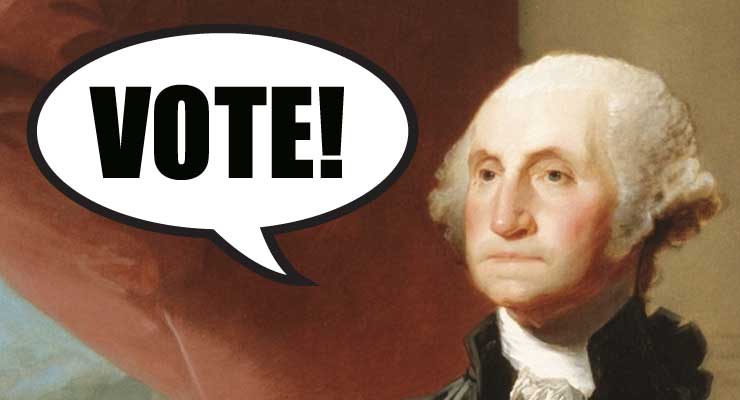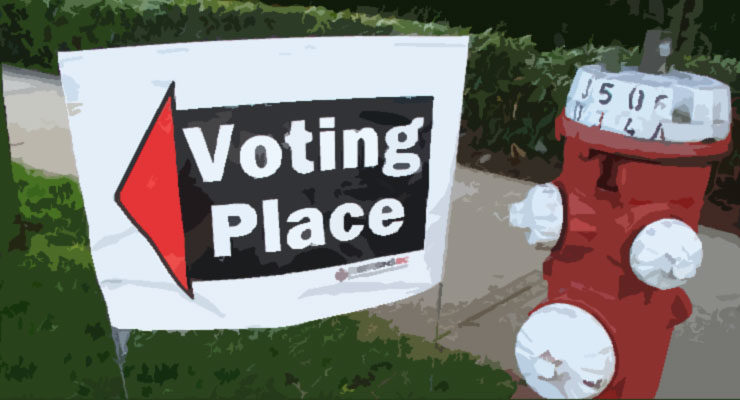
Min voting divides us. Max voting unites us.
We are now and always have been politically divided as families, communities, and as a nation: Only about 1 in 5 Trump and Biden supporters say they share the same core American values and goals (Pew Research 8 Oct 2020). People avoid romantic relationships with those who voted for the other party’s presidential candidate (Pew Research 4 Mar 2020). My wife and her brother no longer speak to each other due to political differences. My mom believes our liberal U.S. government is killing off our elderly and babies to manage our population. The U.S. had a civil war that killed 500,000 Americans with muskets and swords, and we don’t use muskets and swords anymore.
What is min voting?
A min voting method is any voting method where each voter picks one candidate (min voter input). This mechanic applies even if the “picking” iteratively happens as it does with instant runoff voting, preferential voting, ranked-choice voting, top-four-top-five voting, or single transfer vote voting. Min voting divides a population by percentages of votes, pluralities, majorities, and minorities.
What is max voting?
A max voting method is any voting method where each voter evaluates each candidate independently of other candidates (max voter input). Max voting methods produce high scores or high average scores but do not divide a population into percentages, pluralities, majorities, or minorities.
Why does min voting divide use?
If a candidate wins with a 51% majority they have demonstrated two things. First, they know they can safely ignore the minority 49% and get elected, and, second, they must keep faith with the 51% if they want to be re-elected. As voters can only vote for one candidate, they will tend to vote for the candidate politically closest to them. In placing their political platform, candidates need to balance the number of voters near their political position (the largest mass of voters forming the majority opinion) with political distance to other candidates. Due to this, min voting creates two power positions, one to the left of the majority opinion and one to the right. The political fringes are weaker due to fewer voters; the majority opinion location is weaker due to proximity to other candidates.
Why does max voting unite us?
Because voters can demonstrate support to every candidate independent of others, all candidates have an incentive to place their political platforms as close to the majority opinion as possible. As candidate platforms converge, party differences blur, party affiliation becomes inconsequential, collaboration increases, gridlock disappears, and gerrymandering ends. Finding the majority opinion requires candidates to listen to all of their voters, but voters are not required to change their views, come to a consensus, or have more civil dialogue. We unite in spite of ourselves.
How do we get max voting?
- Learn more here.
- Register your support to institute some form of max voting method here.
- When we reach supporter level 7 (~3% of the population), you will decide the type of max voting you want (range, runoffs, & “no opinions”—different configurations create approval voting, or STAR voting, etc.)
- When we reach supporter level 9 (~13% of the population), we will initiate the signature campaign for ballot measures and/or state legislative actions to institute your form of max voting.
Min voting divides us, but max voting unites us without needing to change us. Do you have a reason not to unite?

Leave a Reply